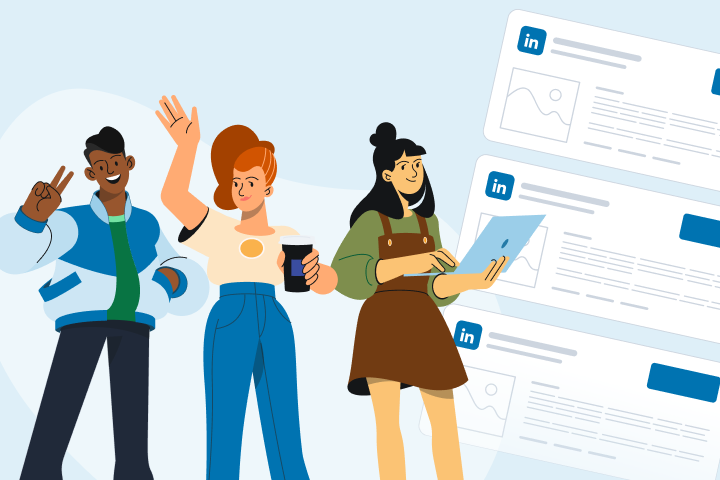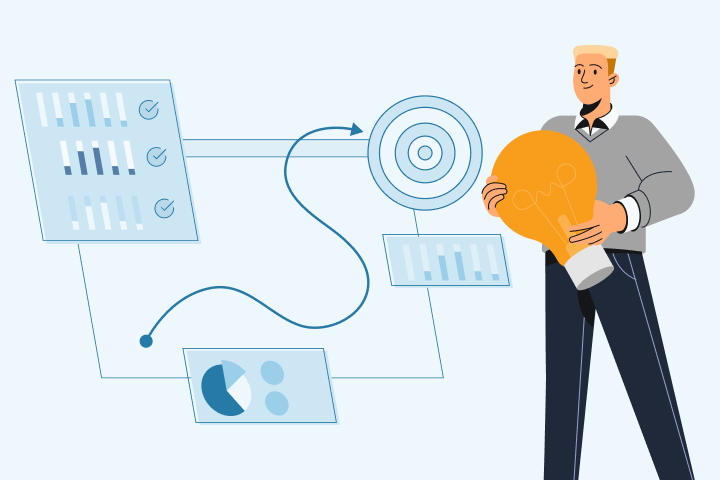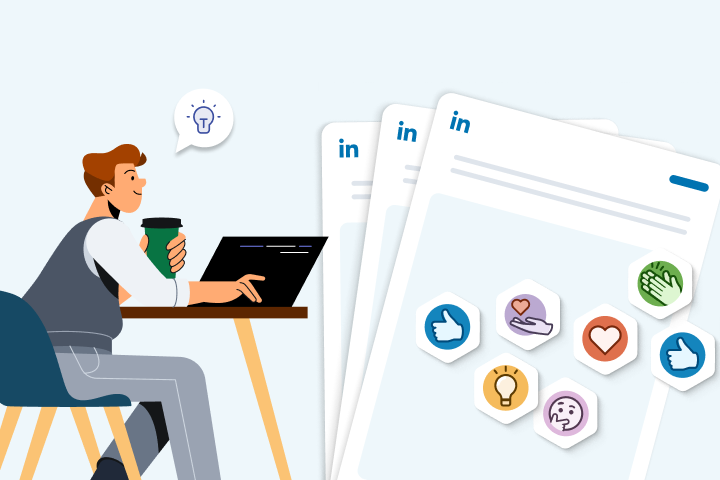LinkedIn Advocacy That Doesn’t Exhaust Your Team (or You)
“I can’t relate to desperation” — said no burnt-out marketer ever.
For B2B marketing teams, employee advocacy on LinkedIn is supposed to be a secret weapon — a way to scale brand awareness, elevate employee voices, and influence pipeline without spending a dime on ads. But let’s be honest: the reality often feels like herding cats.
Marketers are exhausted from chasing down shares, crafting custom posts, and nudging Sales for the tenth time this week. And it’s not just a workflow issue — it’s a burnout problem. In fact, a 2024 Gallup report found that 76% of employees experience burnout at least sometimes, and nearly 28% say they feel burned out ‘very often’ or ‘always’ at work.

At its core, employee advocacy means turning your team into active brand amplifiers on LinkedIn by sharing content, engaging with prospects, and humanizing your brand through their voices. But the challenge often starts with knowing what to share through employee advocacy.
Employee advocacy should empower your team — not drain it. Let’s dig into why traditional approaches are failing and how to shift toward a smarter, scalable strategy.
The Burnout Problem: Why Traditional Advocacy Efforts Fail
Traditional employee advocacy strategies are riddled with inefficiencies that wear down marketing teams and alienate employees. Here's what typically goes wrong:
-
Overload: Marketing managers are already buried under campaign planning, reporting, and content creation. Layering in manual advocacy tasks — like drafting social copy or chasing employee shares — is simply unsustainable.
-
Push Fatigue: Sending constant Slack nudges or emails with little traction only adds to the frustration. Employees ignore them not out of spite — but because these asks interrupt their workflow without clear benefit.
-
Low Adoption: Sales and executives often opt out of advocacy efforts entirely. They either don’t see the value, don’t have time, or worry about saying the wrong thing publicly.
-
Tool Fatigue: The marketing stack is already heavy. Adding another "admin-heavy" platform, especially one that employees find clunky or confusing, often backfires.
Without addressing the friction points in your current employee advocacy program, you’ll just add to the burnout — not the impact.
Why LinkedIn Still Matters And Why Most Programs Miss the Mark
LinkedIn remains the undisputed leader for B2B visibility, lead generation, and thought leadership. But most advocacy programs are still designed for clicks and shares — not conversions.
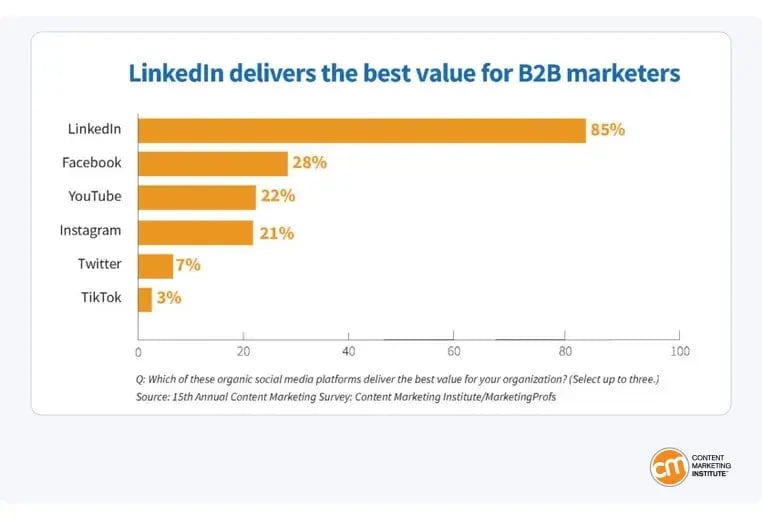
Here’s what makes LinkedIn a must-have:
-
According to LinkedIn’s latest stats, 96% of B2B marketers use LinkedIn to distribute content, making it the top channel to reach decision-makers.
-
Content shared by employees receives 8x more engagement than content shared through brand channels, making their voices exponentially more impactful.
-
Employees’ social networks are also 10x larger than their companies’ followers, meaning their posts reach further by default.
Yet, many programs focus on vanity metrics like likes and impressions, rather than measurable business outcomes.
That’s a problem.
Most platforms fail to track what really matters: traffic to your site, MQL generation, social selling influence, and deal acceleration. If your current program can’t attribute LinkedIn engagement to actual pipeline impact, you’re leaving value on the table.
If you're serious about improving LinkedIn reach with advocacy, it’s time to think beyond likes and shares.
What Employees Need to Engage: Ease, Clarity, and a Reason to Care
To turn passive employees into active advocates, you have to remove friction and add motivation.
-
Frictionless Tasks: Employees are more likely to engage when tasks are delivered in their existing workflow, like Slack or Teams. One-click sharing removes hesitation and drives action.
-
Pre-Written Copy: Uncertainty kills participation. Pre-approved or AI-assisted copy gives employees confidence to post without worrying about tone or branding.
-
Gamification: People are wired for competition. Introducing leaderboards and recognition creates friendly momentum and makes advocacy feel less like a chore.
-
Personalization: A one-size-fits-all approach won’t cut it. Activities that are relevant to Sales, HR, or Execs — and aligned with their goals — are far more likely to gain traction.
One of the many benefits of advocacy for an employee is increased visibility and personal brand growth on LinkedIn — making it a win for both the company and the individual. In fact, 64% of employee advocates say their participation has helped attract and develop new business.
When employees feel empowered instead of burdened, engagement becomes natural — not forced.
How to Reduce Lift for Marketing Managers
It’s not just about making advocacy easier for employees — it has to be easier for you, too.
-
Campaign Scheduling: With the right employee advocacy tool, you can plan a week’s worth of shareable content in under 20 minutes. That’s right — no spreadsheets, no chasing.
-
Segmentation: Smart platforms let you assign custom activities to different departments. Want Sales to share a new case study while HR posts about culture? No problem.
-
Performance Dashboards: Real-time data shows you exactly who’s sharing, what content performs, and which actions drive traffic — without digging through LinkedIn manually.
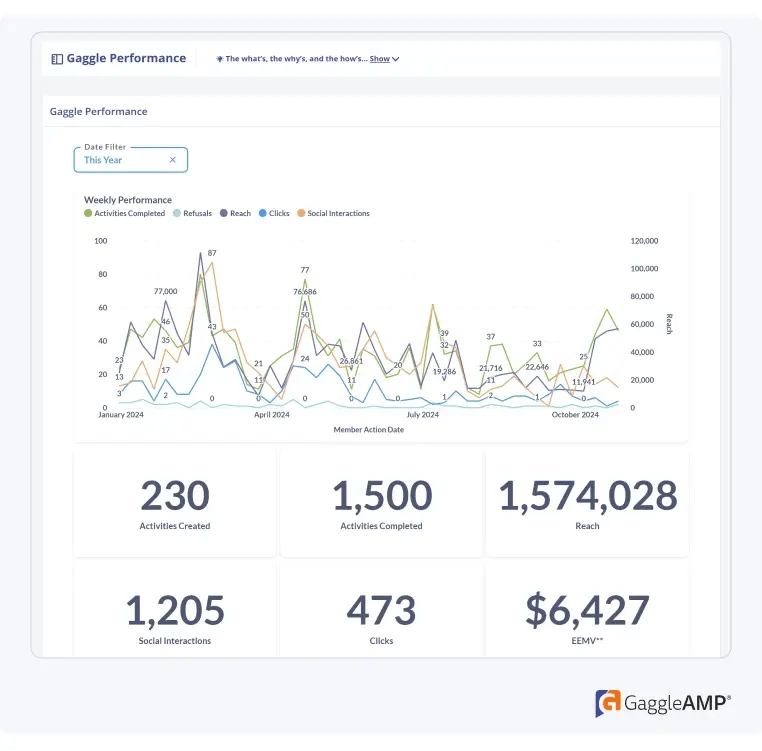
-
CRM + Slack Integration: Seamless integrations with tools like Salesforce, HubSpot, and Slack reduce context-switching and streamline engagement tracking.
GaggleAMP delivers all of this and more in one platform, freeing up time and mental energy for strategy — not spreadsheets.
Case Study: Informatica's Efficient Advocacy Program
As one of the standout employee advocacy examples, Informatica leveraged GaggleAMP to activate over 700 employees globally, enabling them to share pre-written content with a single click. This streamlined approach significantly reduced the marketing team's effort while dramatically increasing visibility. During a key event, they achieved over one million impressions in just 48 hours — all driven by employee posts on LinkedIn.
This example highlights how a smart, low-lift program can transform employee engagement and amplify brand impact without adding to marketing's workload.
Key Metrics That Prove ROI (Beyond Likes & Shares)
If you’re reporting likes, shares, and impressions — you’re only telling half the story. Modern advocacy demands better metrics. Here’s what to track:
-
Click-Through Rate from Employee Posts: Shows content relevance and effectiveness.
-
Conversion Rate from Shared Content: Tracks how many readers take the next step.
-
Lead Source Attribution: Ties employee advocacy to pipeline influence.
-
Platform Adoption Rates by Department: Reveals which teams are actively engaged.
-
Advocacy-Driven Website Traffic: Proves the real reach of your team’s voice.
By focusing on these KPIs, you can finally answer the executive question: “Is this working?”
GaggleAMP: Employee Advocacy Without the Burnout
Let’s recap how GaggleAMP eliminates burnout while scaling impact:
-
16-Minute Weekly Workflow: Plan, assign, and analyze — in less time than writing a LinkedIn post.
-
Integrated Delivery Across Your Workflow: Advocacy tasks show up where your team already works. No need to switch platforms; no extra logins.
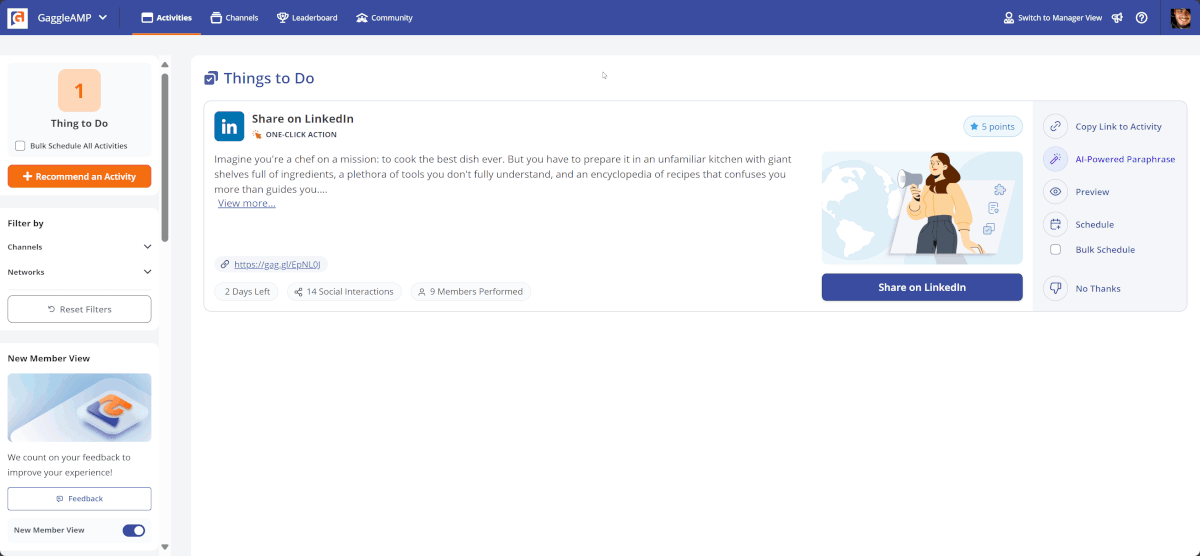
-
Gamification Engine: 60%+ employee participation — without chasing or micromanaging.
-
Unified Reporting: Track everything from post engagement to pipeline in one view.
It’s not about doing more. It’s about doing the right things with less effort.
Turn Advocacy into an ROI Engine, Not an Admin Burden
Employee advocacy on LinkedIn should be a growth lever, not a grind.
With the right strategy and tools, you can:
-
Scale your brand’s reach without burning out your team
-
Prove ROI with the metrics that matter
-
Empower employees to become powerful brand advocates
Ready to make employee advocacy on LinkedIn actually work? Let GaggleAMP show you how.




